Art & Culture
Havana’s National Museum of Fine Arts
Museo Nacional de Bellas Artes, Havana
Photo: Alamy
Need a quiet afternoon? Take a stroll through the National Museum of Fine Arts
Share
Sometimes, Caribbean islands such as Cuba often get unfairly boxed in as exclusively about beaches and rum cocktails. While both can be found aplenty around Cuba, the heart of Old Havana also offers quieter opportunities to admire beauty.
The National Museum of Fine Arts is one of the best examples. A short walk from the emblematic Revolution Museum, this building is magnificent on its own. In addition, its contents will help you understand the myriad cultural and ethnic influences that run deep through Cuba’s veins.
The Museum is History – and Carries It
Founded in 1913, the National Museum of Fine Arts is a hallmark of Havana's heritage, exhibiting captivating art from Cuba and the international community.
Divided between the Cuban Art building and the Universal Art building, the museum itself exemplifies the different stages of Cuba’s history. The Universal Art history building dates back to the early Republic and follows the eclectic French-inspired fashion of the time.
Meanwhile, the Cuban Art building is a restored Colonial barracks, originally built in 1764. It possesses a striking “Old World” elegance, brilliantly contrasted by the contemporary works featured throughout its magnificent halls and courtyard.
The Museum is proudly dedicated to its mantra of investigating, educating, and inspiring society. It houses the largest collection of art in the Caribbean. Despite the ups and downs experienced by the country, it remains a fascinating cultural landmark.
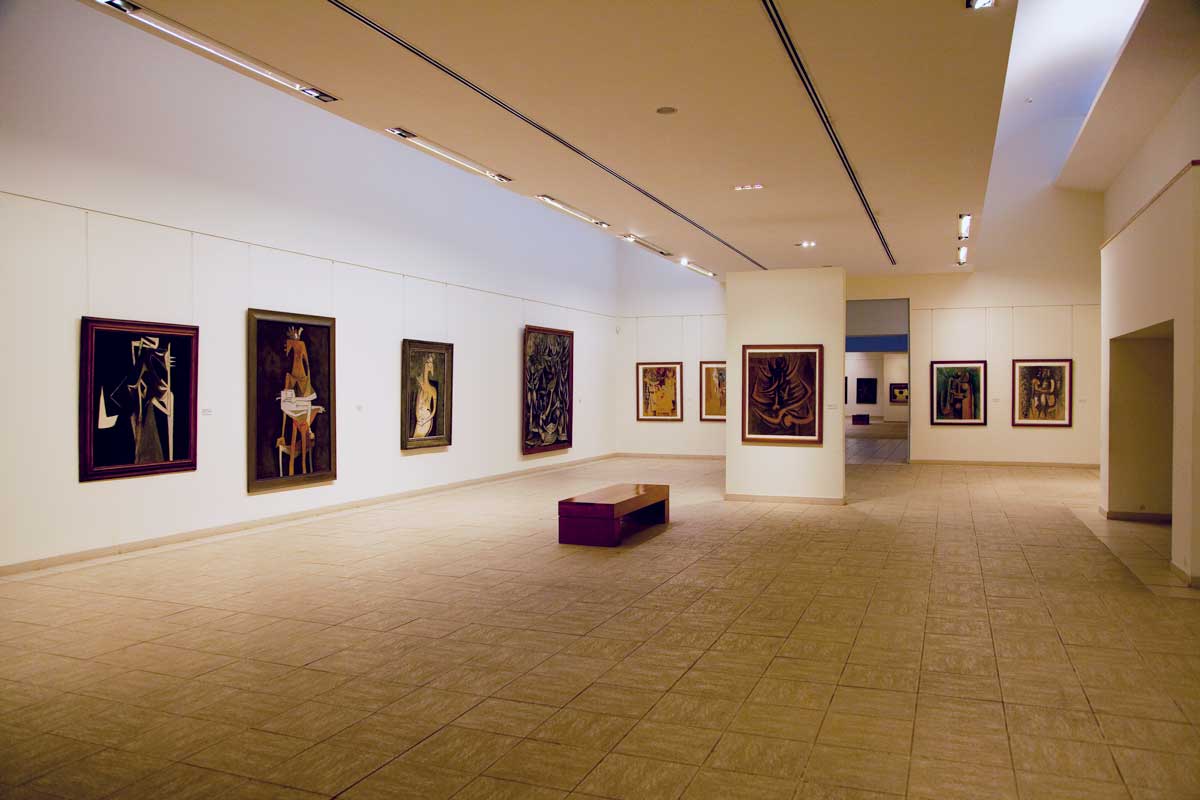
Exhibition at Havana’s National Museum of Fine Arts
Photo: Alamy
What To Expect Inside Havana’s Fine Arts Museum
Do you want to get a crash course in Cuban history? Then start by examining the objects it has created: the Cuban Art collection spans from the Colonial Period to the present day. The collection includes sculptures, engravings, paintings, photographs, and videos by pioneering Cuban artists such as Ana Mendieta and Wifredo Lan.
Across the courtyard in the Universal Art building, you’ll find a delightful collection of artwork. The main collection starts with Flemish and Italian Renaissance art, and closes with select 19th century Spanish and French paintings. The smaller, but priceless “Conde de Lagunillas” collection also includes a handful of pieces from Sumerian and Egyptian Antiquity.
In addition to the main exhibitions, the National Museum of Fine Arts has two rooms for temporary displays. During flagship events such as the Bienal de La Habana (Havana Biennial) expect extra exhibits from Cuban and international artists whose works focus on issues related to Latin America and the developing world.
What to do at the Museum
Guided tours
If you’re looking to go deep into the history of the pieces on display, the museum offers guided tours in both English and Spanish. On the other hand, for the more casual art fan, written information is provided alongside the works displayed, so feel free to wander through the exhibitions at your own pace and absorb the sense of expression and adventure that resonates throughout the buildings.
The Museum Library
Home to fascinating texts related to Cuban and international art, the National Museum of Fine Arts’ extensive library is open to visitors at no extra cost.
Now, at this point, we know what you’re thinking: heading to a library probably wasn’t top of your list of things to do on a Caribbean island. However, we’d be lying if we said the vast shelves weren’t worth a quick browse. You really couldn’t ask for a more well-preserved narrative of the museum’s evolution.
Music at the Museum
A small yet sophisticated concert hall located in the Cuban Art building plays host to events from Friday to Sunday. This venue is renowned for supporting youth musicians and up-and-coming projects. It specializes in Jazz and Cuban Trova, but you can expect the odd stage play and even European operatic Bel Canto.
To get your hands on tickets just head to the venue an hour before showtime. If you’re lucky enough to be in town at the right moment, on special dates throughout the year, more prominent events are held in the prestigious surroundings of the museum's courtyard. Information about all of the venue's events can be found on the National Museum of Fine Arts website.
The Museum Cafe
The museum’s cafe can be found on the first floor of both buildings. It provides cozy and enjoyable spots to regroup after appreciating the eclectic exhibitions. Take a moment to sip an aromatic Cuban coffee and relax in the cafe’s elegant surroundings, while observing the city’s beehive-like activity through its large crystal windows.
The Gift Shop
Some of us can’t resist the temptation of starting a collection of our own. When heading out of the museum, make sure you drop by the gift shop. Here, you’ll find books about many of the artists on display, in addition to high-brow souvenirs and knickknacks.
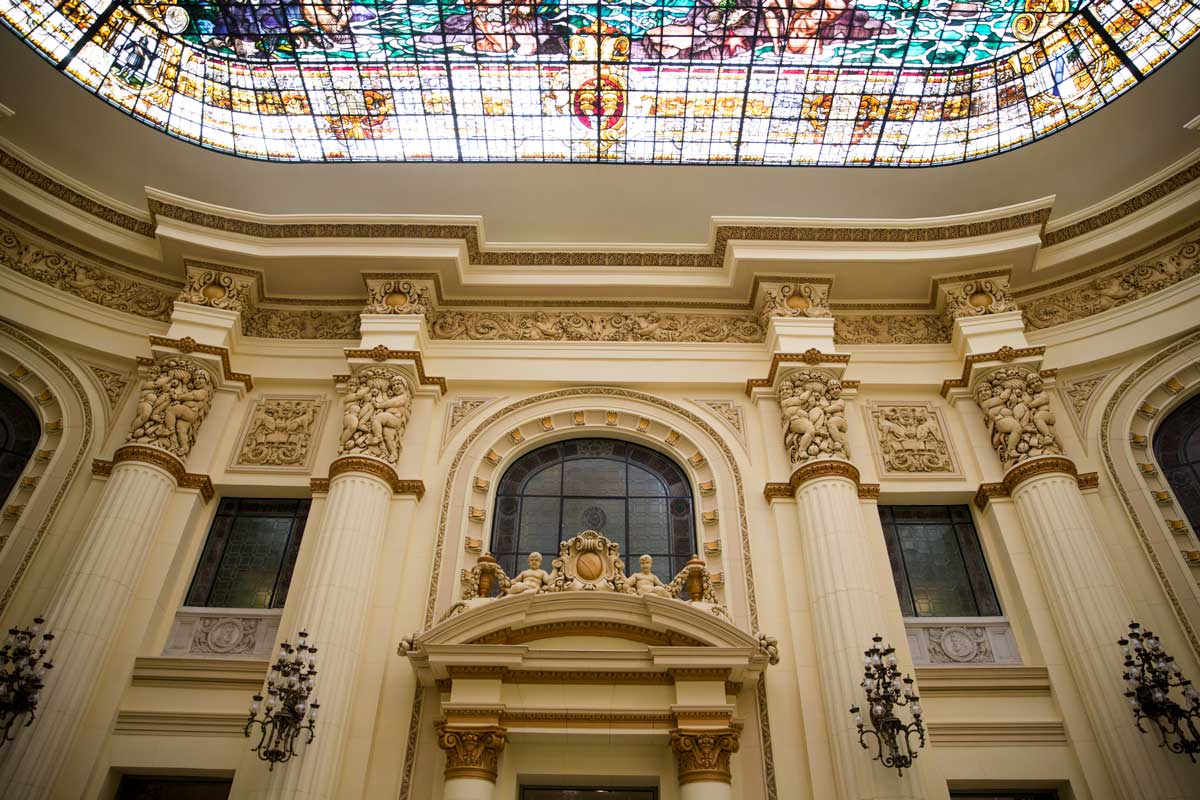
Interior of the National Museum of Fine Arts in Havana
Photo: Shutterstock
When (and how) to visit
The Museum is located on Agramonte street, on the corner with Belgica Avenue. It’s a very short walk from the Capitolio Nacional, one of Old Havana’s most recognizable landmarks. It is open from Tuesdays to Saturdays between 9:00 am and 5:00 pm. It closes at 2:00 pm on Sundays, and it’s closed on Mondays. Enjoy!
Written by Gabriela Rey.
Published October 2022
Find the National Museum of Fine Arts
External Links
Categories
Tags
Share
Find the National Museum of Fine Arts
External Links bellasartes.co.cu
Categories
Tags
Share
Five of the Best Beaches in Cuba
Looking for a quick getaway or an island escape? We’ve rounded up a list of the best beaches for you to kick your feet up, relax, and enjoy the best Cuba’s coasts have to offer!
Explore more of Cuban Art & Culture
Step Back in Time at Finca Vigía – Hemingway’s Home in Cuba
Visit the Ernest Hemingway home in Cuba that attracts followers
Seven of the Best Books Written by Cuban Women
Do you want to learn more about Cuban literature, art,
Visit the Sanctuary of San Lázaro
Visit the San Lázaro national pilgrimage site near Havana for
Know Before You Go: Cuban Slang Words & Phrases
Explore Cuba like a local using these essential Cuban slang
The Cuban Cigar: Everything You’ll need to know
Learn about the curious and mysterious history of the Cuban
Your Essential Guide to Cuban Culture & Customs
Immerse yourself in the rich Cuban culture that defines this
Trace the Steps of Hemingway Around Havana
Stroll through Cuba’s storied streets with this guide to Ernest
Seven Instagram Accounts That’ll Make You Want to Visit Cuba
Want to delve deeper into Cuba's culture, art, and local
Subscribe to our newsletter
Get more travel inspiration, tips and exclusive offers sent straight to your inbox

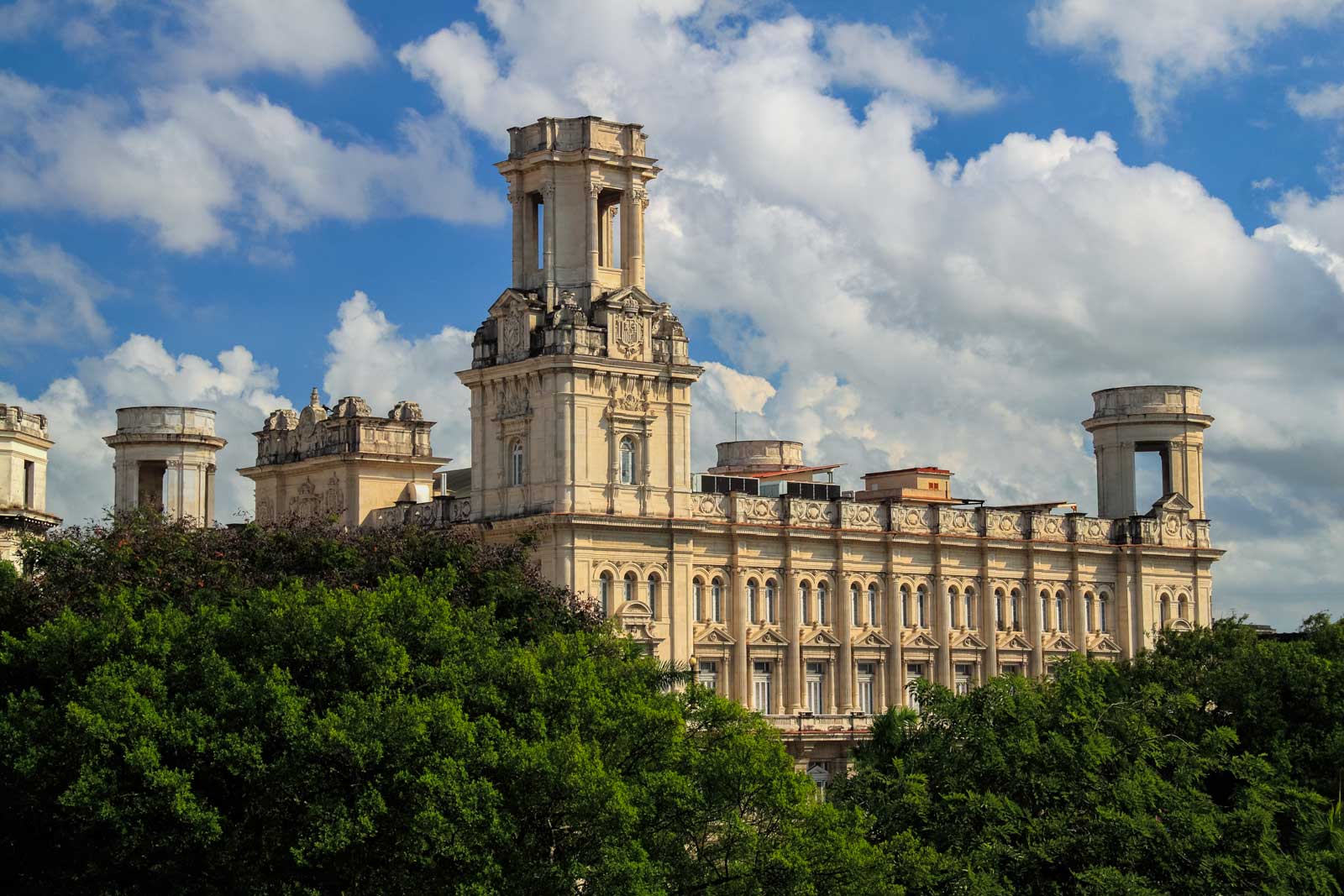
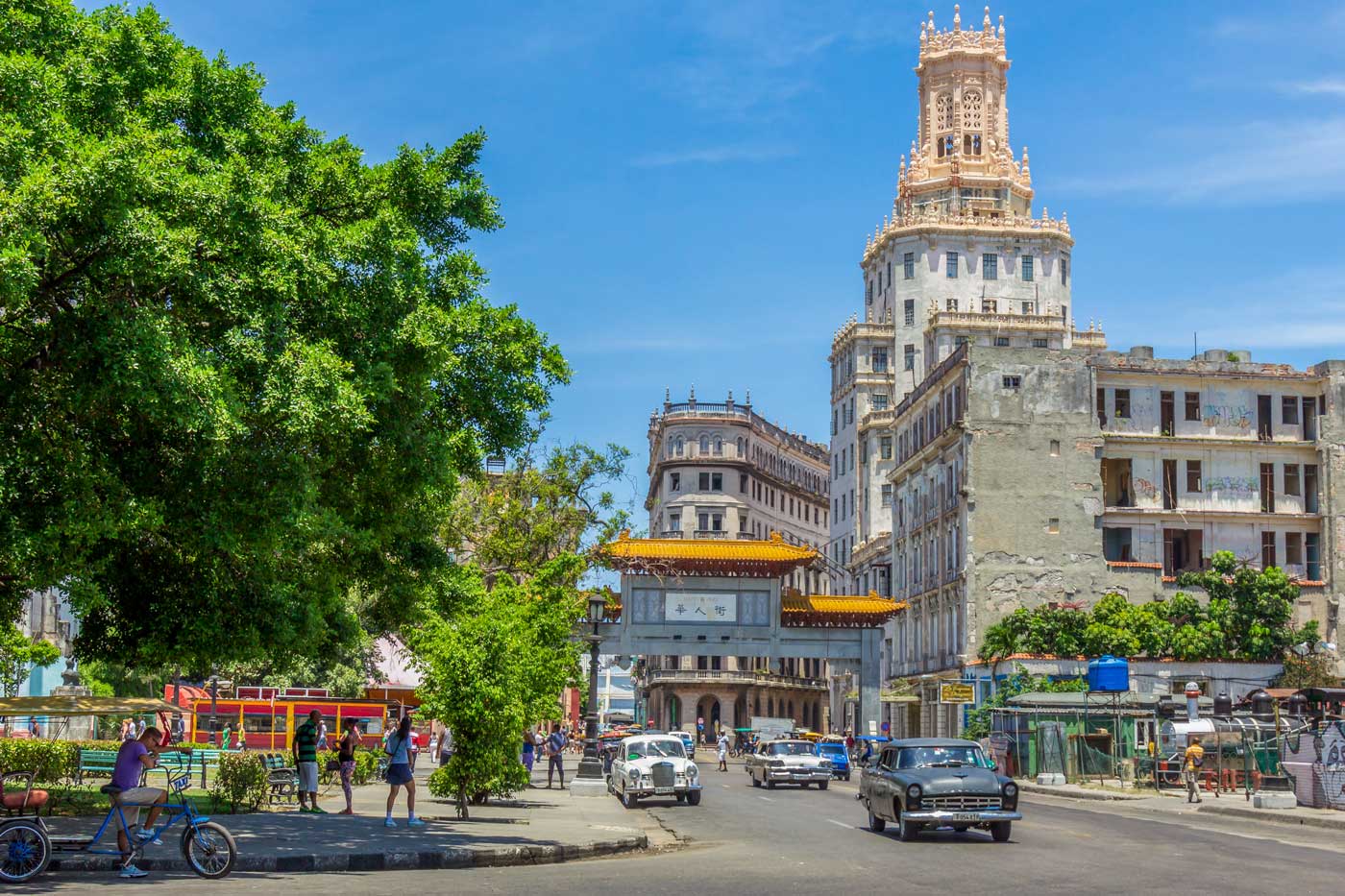

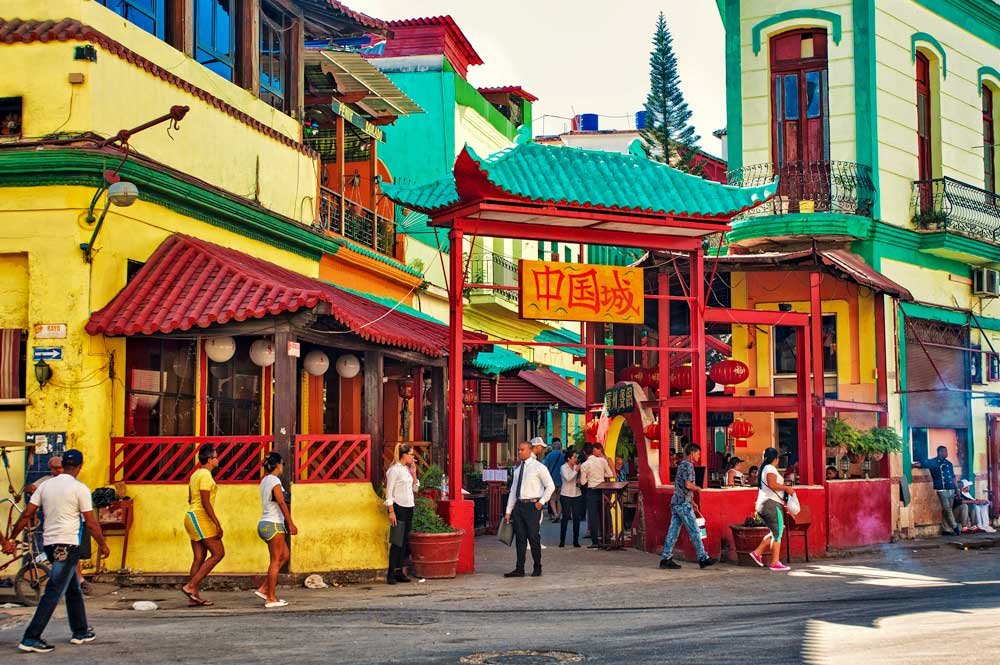
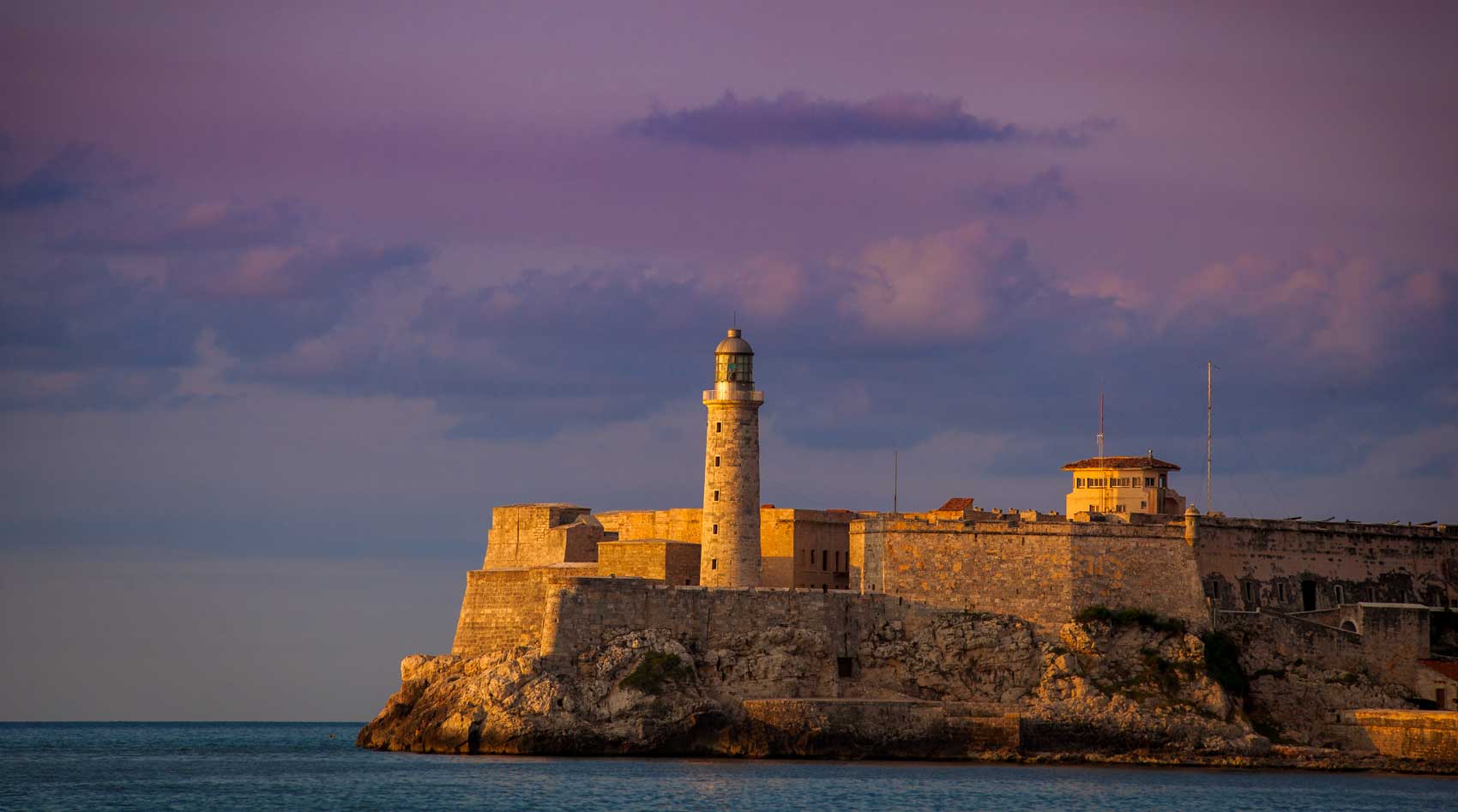
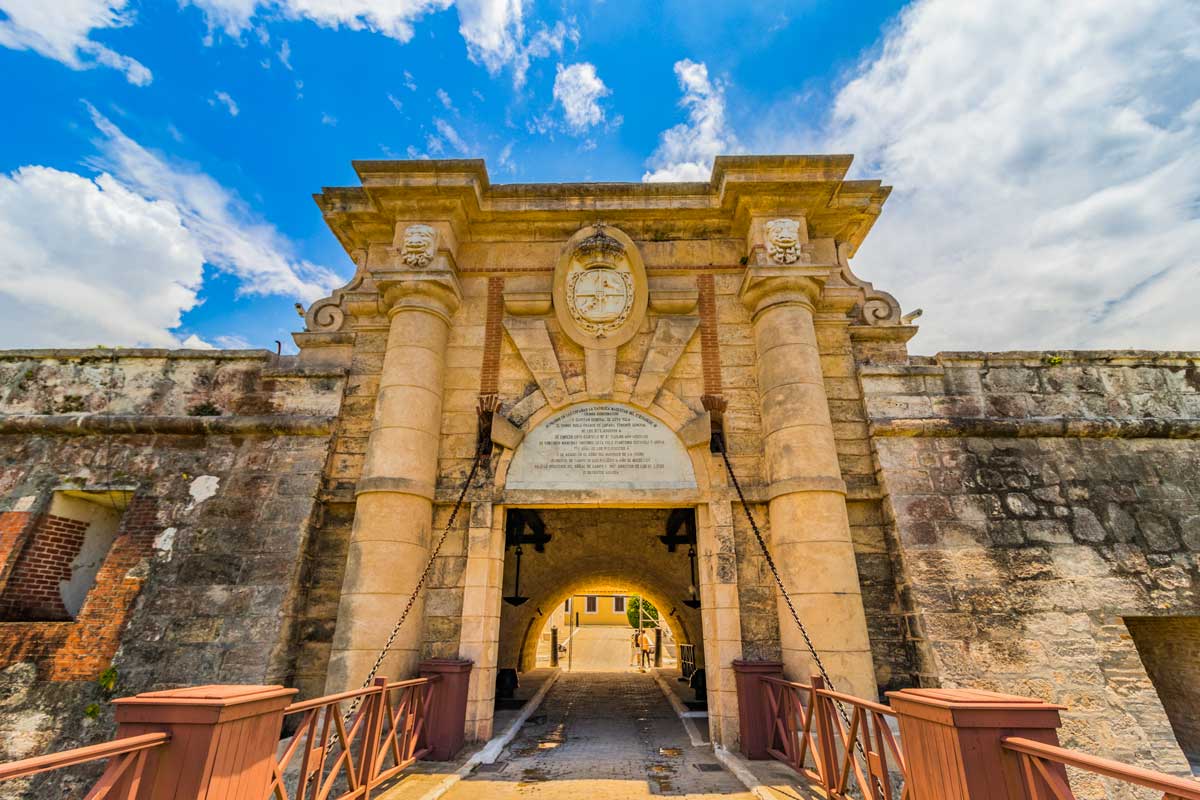
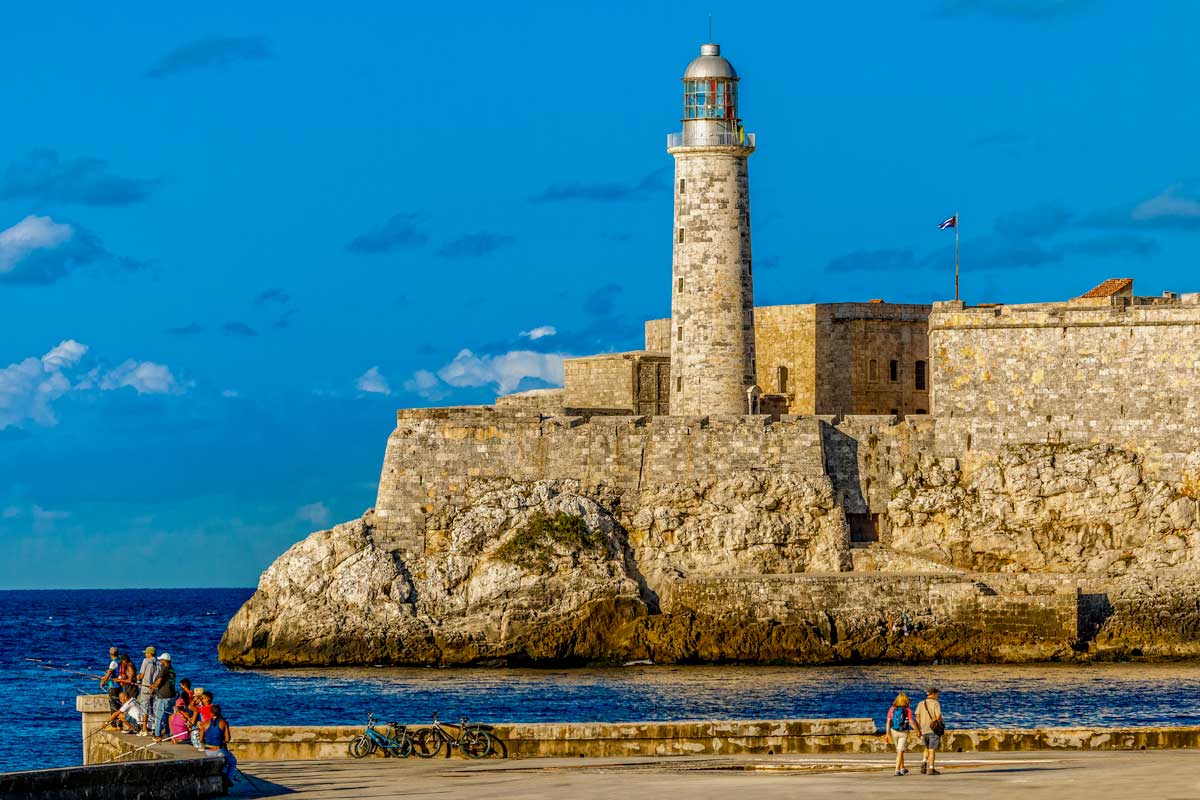
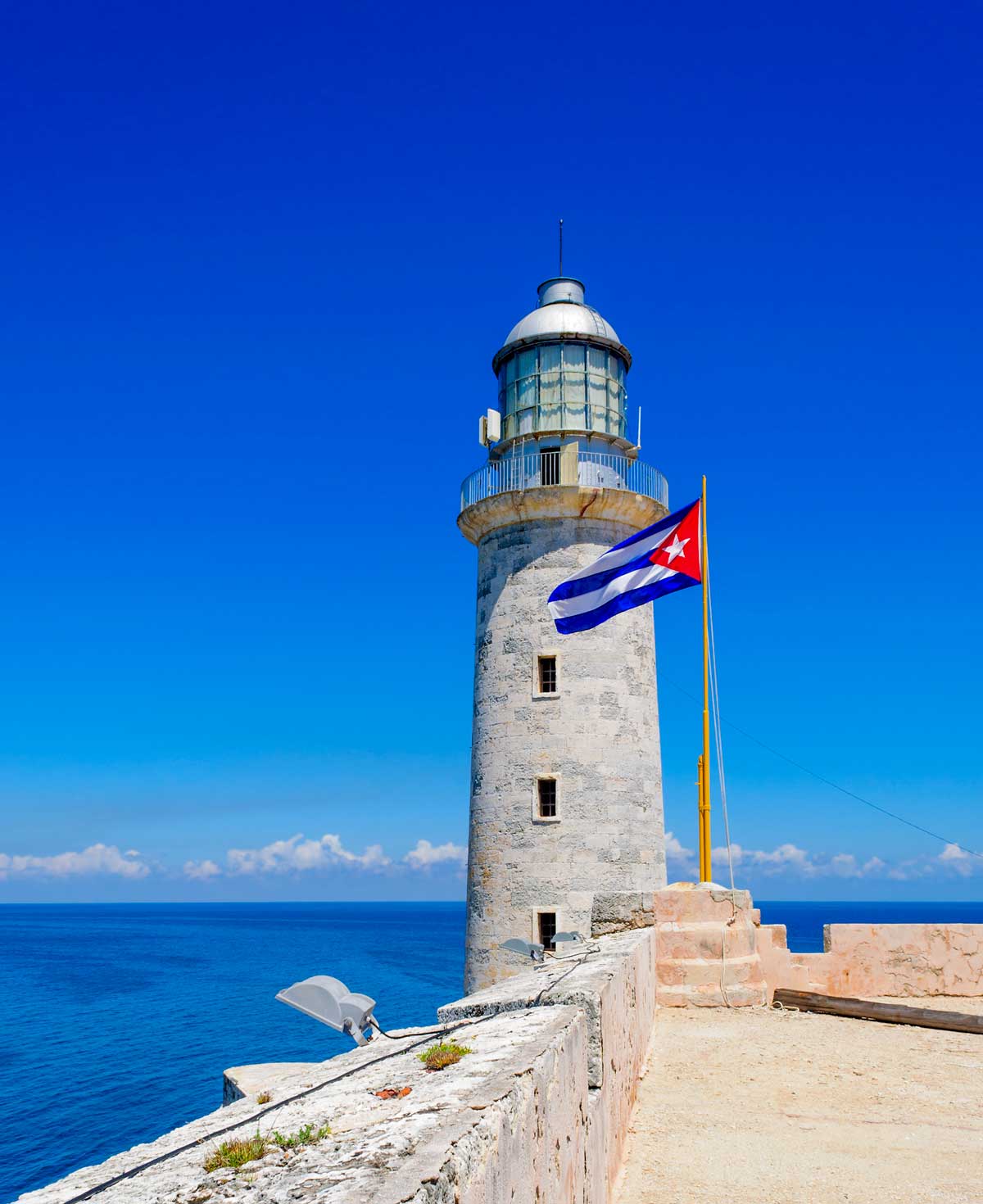



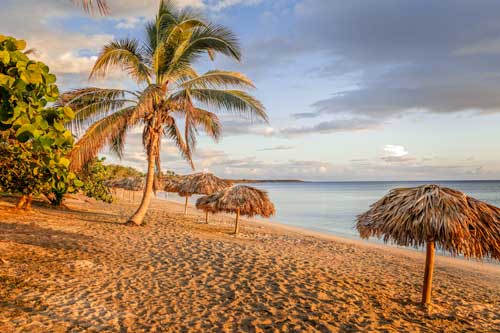 Subscribe to our newsletter for the best monthly stories and insider guides about Cuba!
Subscribe to our newsletter for the best monthly stories and insider guides about Cuba!